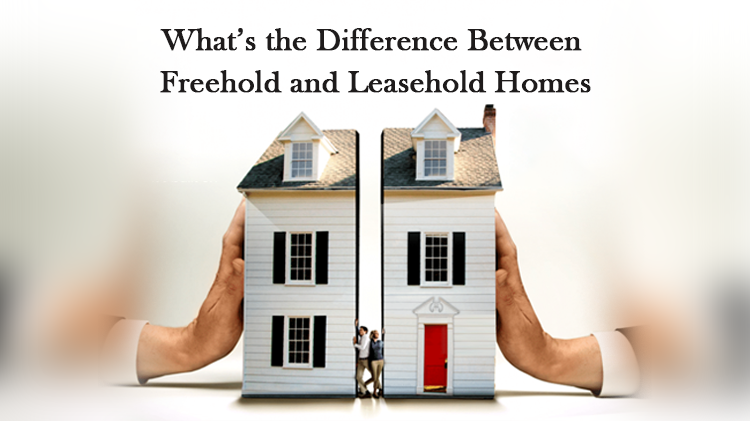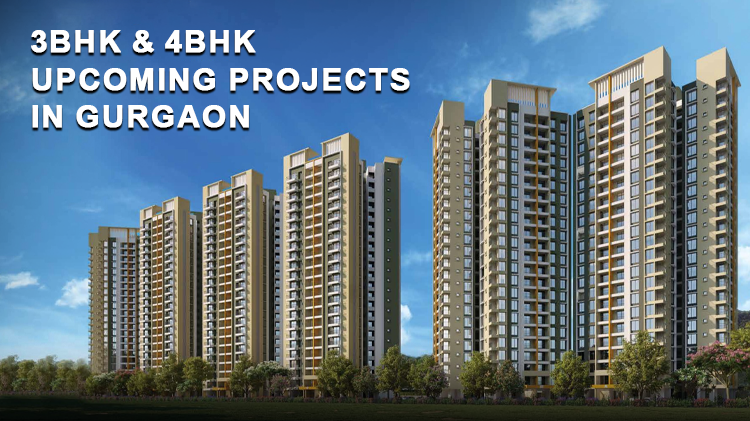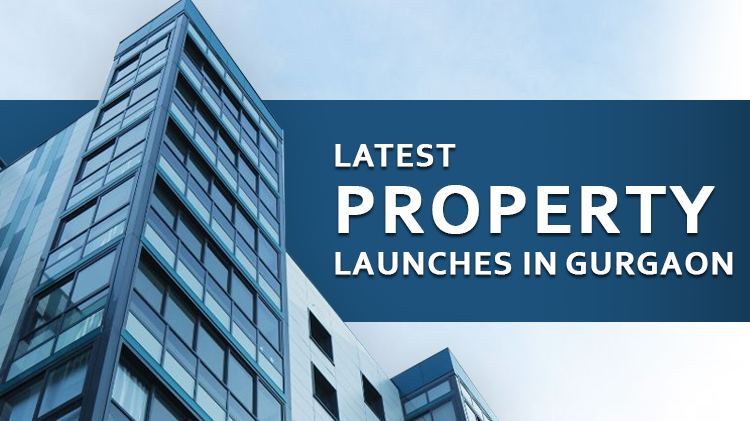
When searching for a home or investing in real estate, you will inevitably encounter the terms freehold and leasehold. These two forms of property ownership are fundamental, yet they differ dramatically in costs, rights, responsibilities, and long-term implications. Understanding these differences between freehold and leasehold homes is crucial for making an informed decision that aligns with your lifestyle and financial goals.
What is Freehold Property?
A freehold property signifies the highest and most complete form of property ownership. When you buy a freehold property, you become the permanent owner of the structure as well as the land it is situated on. No limits or lease agreements are restricting your ownership. This means you have complete autonomy over the property, subject only to local planning permissions and regulations.
Key Features of Freehold
|
Permanent Ownership |
You own the property and land forever. |
|
No Landlord |
No one else has a claim to your property or land. |
|
Maximum Control |
You are free to modify, renovate, or sell the property as you choose. |
|
Inheritance |
There are no limitations on the transfer of freehold properties from one generation to the next. |
What is Leasehold Property?
It means you do not own the ground on which a leasehold property is built, but you do own the right to inhabit and use the property for a predetermined amount of time, typically between 30 and 999 years. The land remains the property of the freeholder, and when the lease expires, ownership reverts to them unless you negotiate a lease extension.
Key Features of Leasehold
|
Fixed-Term Ownership |
For the duration of the lease, you are the property's owner. |
|
Landlord Involvement |
The freeholder retains ownership of the land. |
|
Ongoing Charges |
Leaseholders pay ground rent and service charges. |
|
Restrictions |
Major modifications often require the landlord’s approval, and there may be rules about pets, renovations, and subletting. |
When is Each Type Most Common?
-
Freehold: Most common with detached houses and some semi-detached ot terrace homes.
-
Leasehold: Predominantly used for apartments, flats, or maisonettes, especially in urban areas or developments with shared amenities.
Which Should You Choose?
The choice between leasehold and freehold is based on your financial status, plans, and circumstances.
|
Freehold is Ideal If: |
Leasehold is Suitable If: |
|
You want long-term security and control. |
You are a first-time buyer seeking affordability. |
|
You plan to stay on the property for a long time. |
You want lower maintenance responsibilities. |
|
You are prepared to handle all maintenance and repairs. |
You are looking for a short- to medium-term residence. |
Advantages and Disadvantages
Freehold Property
|
Advantages |
Disadvantages |
|
Complete Control: You decide how to use, sell, or modify your property. |
Higher Initial Cost: The initial cost of freehold properties is typically higher. |
|
No Ongoing Fees: No ground rent or service charges to worry about. |
Maintenance Responsibility: All repairs and upkeep are your responsibility. |
|
Ease of Transfer: Easier to sell, pass, or mortgage on to heirs. |
Long-Term Commitment: Less flexibility if you need to move quickly. |
Leasehold Property
|
Advantages |
Disadvantages |
|
Lower Purchase Price: More reasonably priced for new purchasers. |
Ongoing Costs: Ground rent and service charges can accumulate significantly over time. |
|
Less Maintenance: Common areas and substantial repairs are frequently managed by the freeholder. |
Depreciating Value: Property value may decrease as the lease gets shorter. |
|
Shared Amenities: Access to gyms, gardens, or pools in some developments. |
Costly Lease Extensions: A lease extension can be costly and difficult. |
Conclusion
Choosing between freehold and leasehold is one of the most important decisions you will make when buying a home. Freehold provides exceptional security, long-term value, and full ownership control, though it also involves higher initial costs and ongoing maintenance duties.


.png)


3 Comments